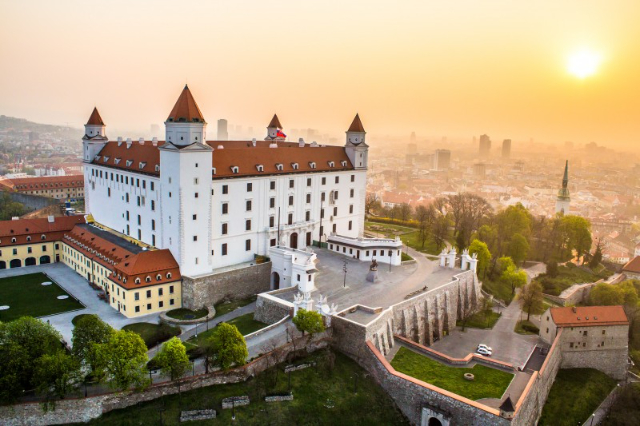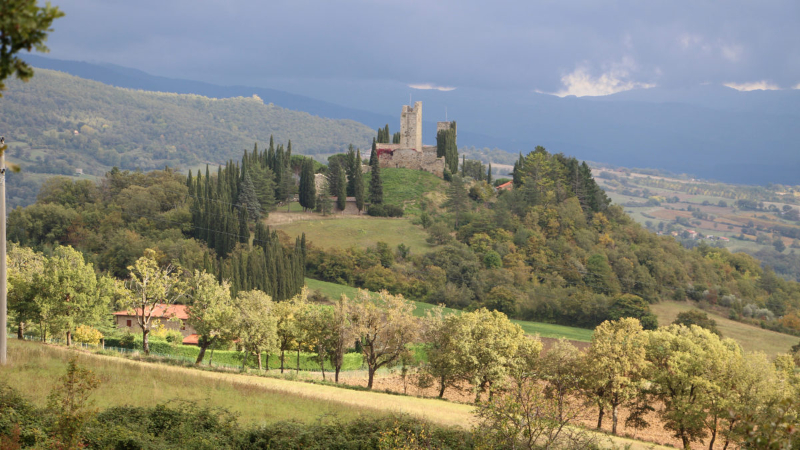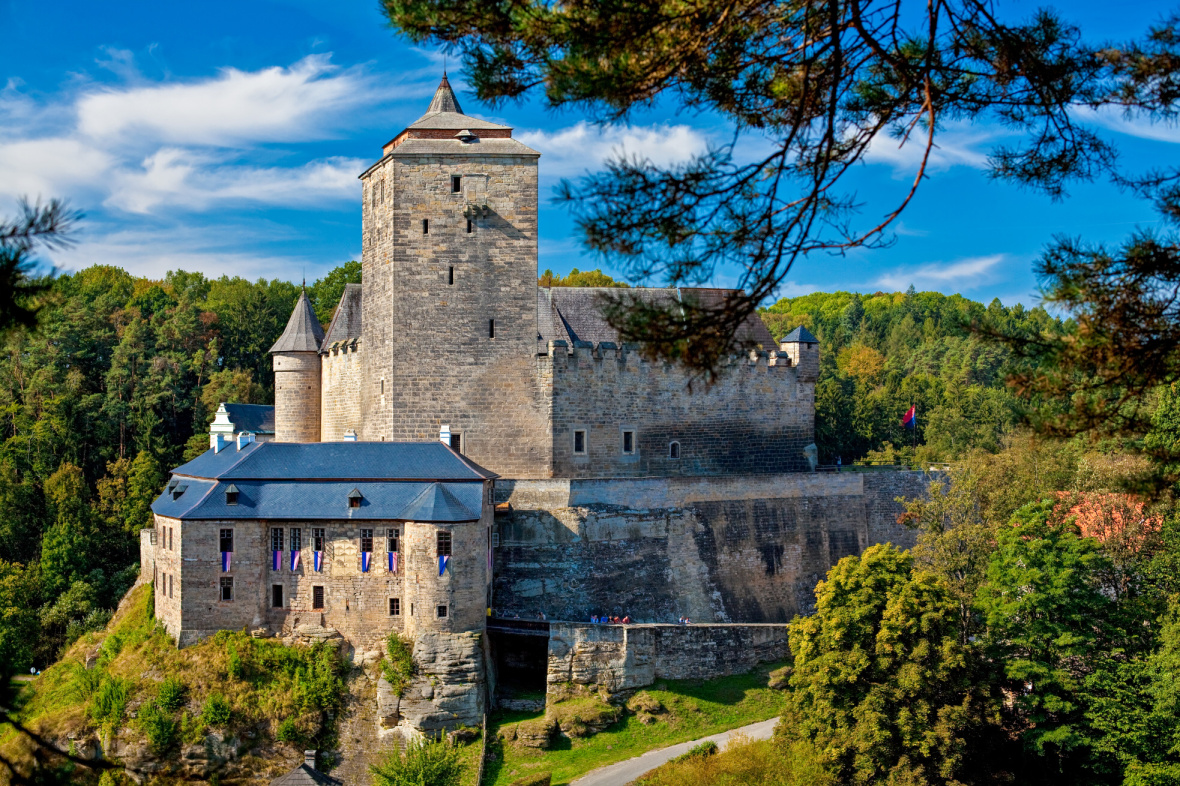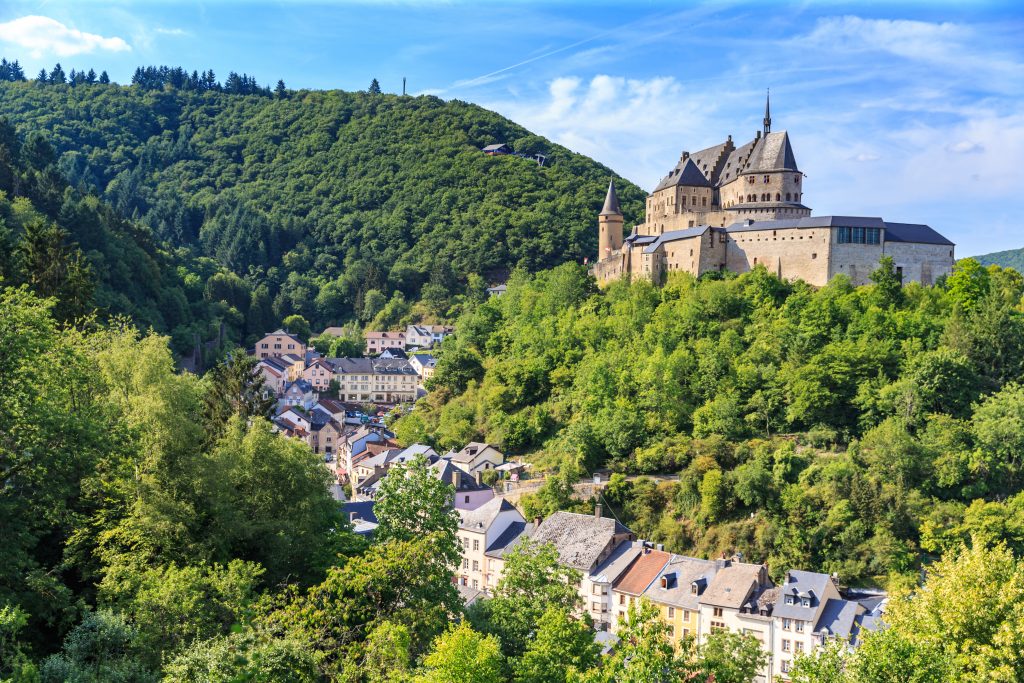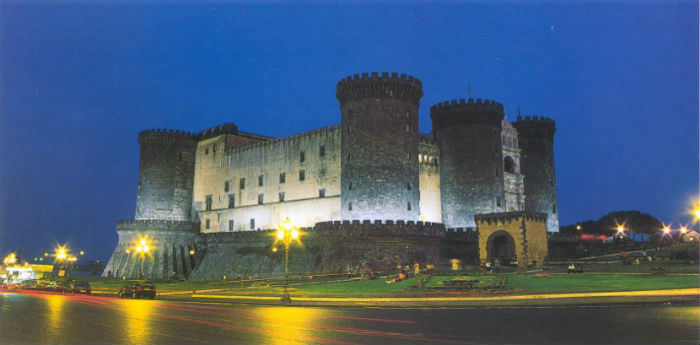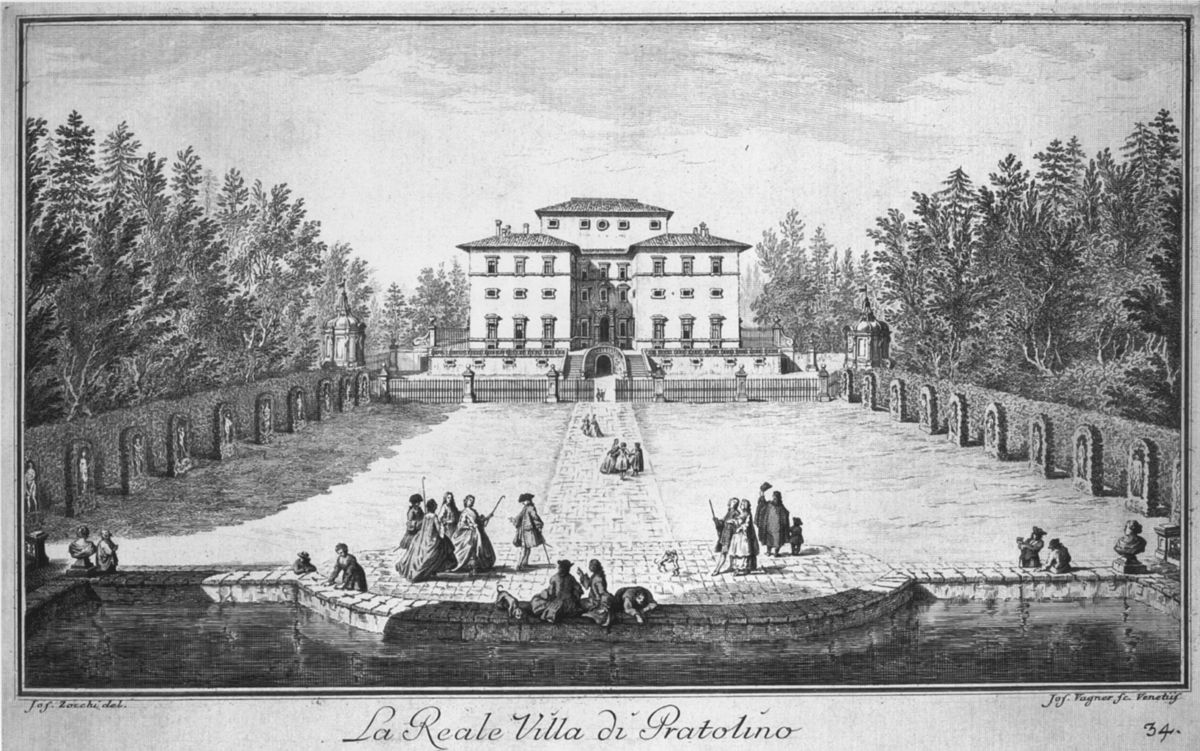Main fortification of the city, known mainly as Aragonese Castle, is one of the symbols of Reggio Calabria. Its origins date back to the Chalcidese age, a period in which the walls of the acropolis resided in the area of the castle. It was the Emperor Justinian who created a fortified centre by consolidating the ancient walls.
The existence of the first wall structure of the Castle dates back to 536. From Byzantine to Norman domination, the Castle was later enlarged by Frederick II of Swabia. After the wars between the Angevins and the Aragonese, it was fortified by Queen Joan I in 1381.
Modified in Spanish times by King Ferrante with the addition of two towers and the moat on the Arangi stream. In 1539 it was Pietro da Toledo who increased its capacity in order to introduce and contain over a thousand people.
In 1860 the City of Reggio Calabria and the Castle were conquered by Giuseppe Garibaldi.
The Aragonese castle had in fact become a political prison and place of execution for the rebels.
In 1897 it was declared a National Monument. The 1908 earthquake left the two towers intact. A civil engineering decree of 1917 indicated a demolition order that was not carried out and the castle was used as a barracks. Subsequently, to join the Via Aschenez to the Via Cimino the fortress was partially demolished. The two Aragonese towers that still characterize the fortification today were maintained.
Today definitively restored, it is a centre of communal cultural aggregation, hosts exhibitions, events and is part of the cultural heritage system of Reggio Calabria. The Aragonese castle has become an important historical and cultural reference point.


